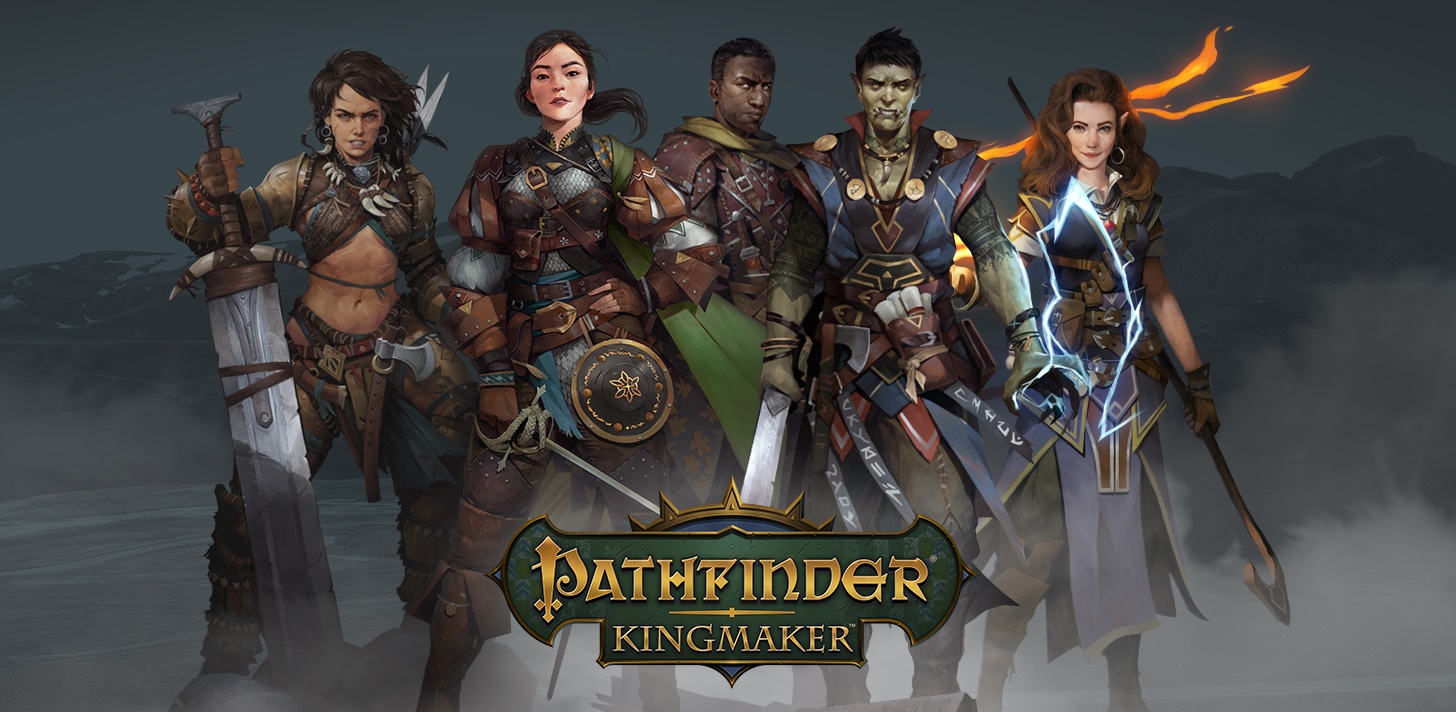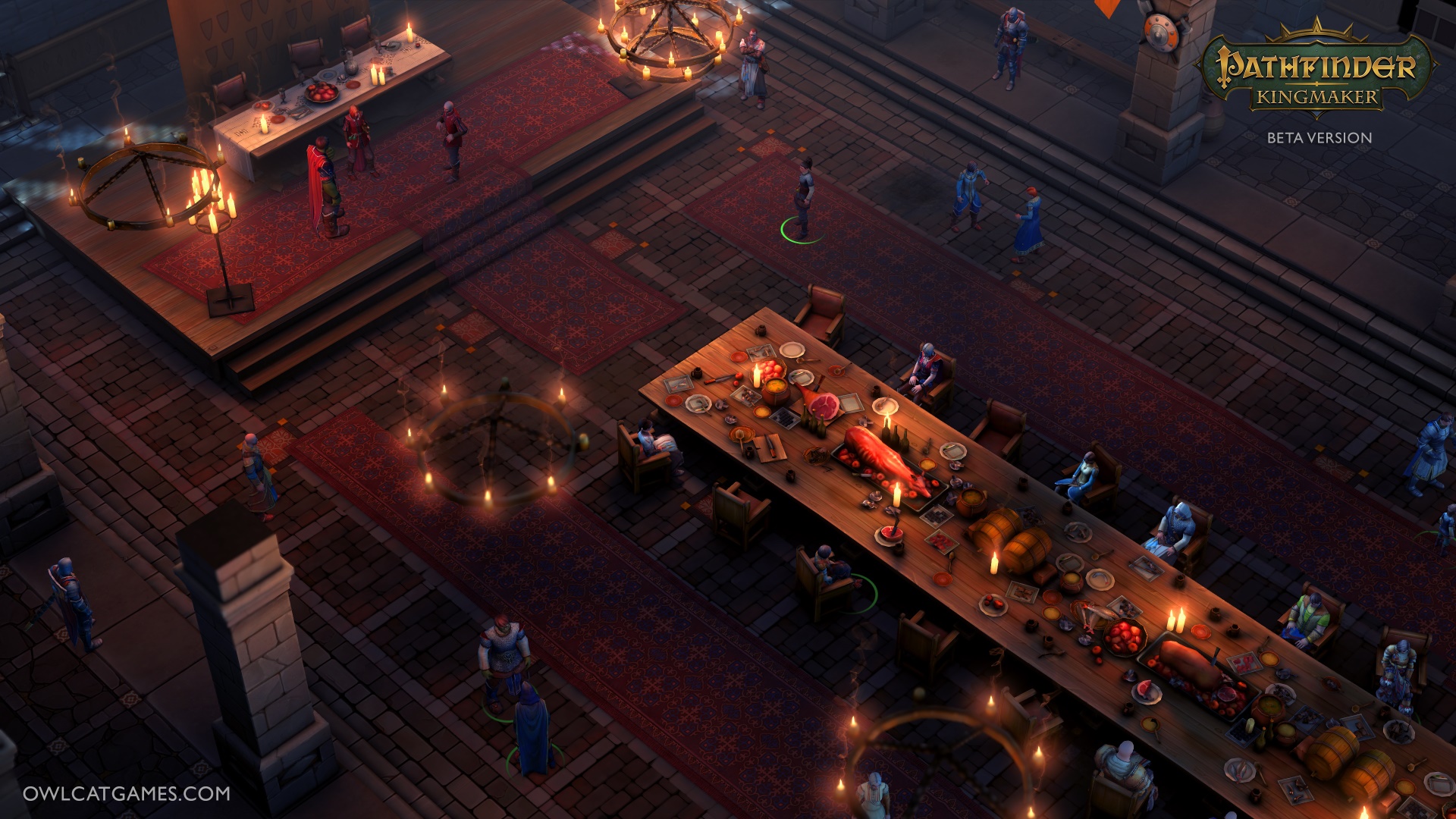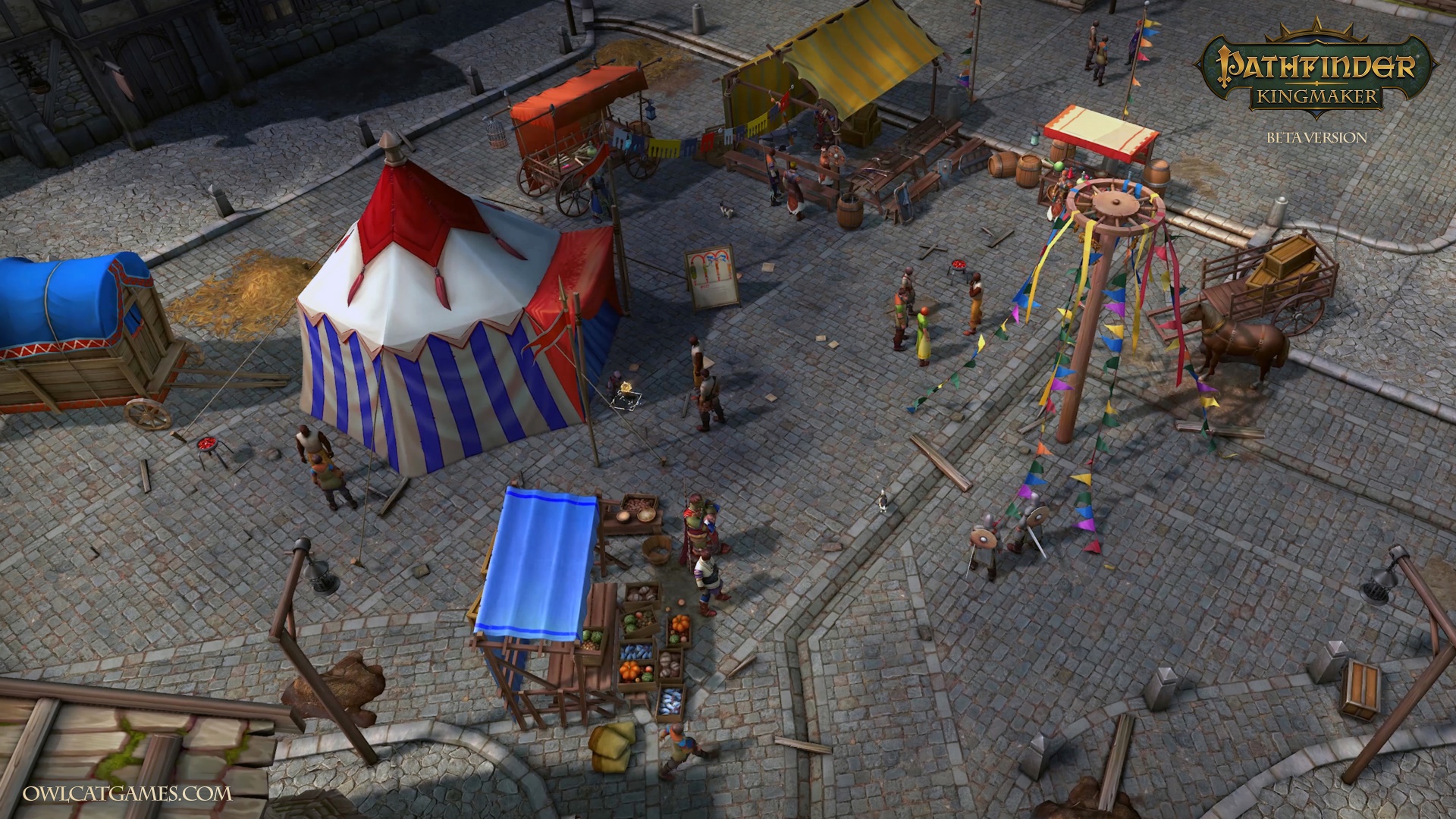Pathfinder: Kingmaker – PAX West 2018 Impressions
Few games are as beloved as the Baldur’s Gate series. The sheer storytelling the game invoked is thought to be by some as near-legendary status. Many games have attempted to follow in its footsteps, only to be left in the shadow of the juggernaut. Well, times change, and there’s a new upstart challenger coming armed to the teeth. Pathfinder: Kingmaker follows in the footsteps of its predecessor, using the more modern and increasingly popular Pathfinder RPG ruleset that many pen-and-paper tabletop players are familiar with. Thankfully for myself, I had a chance to sit down and watch an extended demonstration of the game at PAX West.

The first thing shown to me was the scale of the map. The gameplay I was watching was about 3-4 hours in, and only a small section of the map had been filled out. Expect 80-100 hours of gameplay, I was told. That alone will probably be enough to get plenty of people excited, myself included. The sheer scope of the game world is incredible, with an estimated 200+ locations to visit. Towns, wilderness, and dungeons galore will be omnipresent in your adventures.

The game is split into three distinct sections. The first is the aforementioned world map. The second is the individual area maps scattered across the game. The one I was taken to quickly erupted into a confrontation between kobolds and mites, each accusing the other of stealing a sacred relic. We decided to go the neutral route and not take a side, nor even get involved short of saying, “Well, if we find something out we’ll be sure to let you know!” This then erupted into full scale mite-on-kobold violence, and gave me an appreciation for one thing you don’t often find in games.
See, most RPGs, even isometric ones like this, provide an illusion of a dynamic world, but in reality everything just ends up you versus the world. Kingmaker has various factions like the mites and the kobolds that won’t necessarily get along, and will fight each other. Choose a side and you’ll be attacked too, but since we remained neutral in this conflict, we were able to walk through as the fighting went on around us with nary a problem to speak of. It felt like a genuine tabletop experience to me, where your actions and responses actually make a difference in how the world around you responds.

We then went through some combat explanation, when we encountered giant centipedes (entomophobes beware!). When combat is initiated, the game pauses, and you can issue actions to all of your party individually. What sets Kingmaker apart, though, is the fact that your party members also have a level of AI that will make them perform more than a standard auto attack if you leave them to their own devices. Your mages will cast spells, your clerics will heal wounds, and your sneaky types will skulk and surprise with impunity. While it’s probably always better to issue commands yourself when playing on higher difficulties (more on this later), it’s nice to have something in place where you don’t have to micromanage every last action every character takes.

The final piece of gameplay we went over was the estate system. As part of the gameplay, your character is given a barony to rule. You choose what buildings to place, what services to offer, and what policies to enact. Each of these options provides both positive and negative factors to your kingdom, and you must balance each of them to maintain a positive response. Don’t feel like managing a kingdom and just want to enjoy the rest of the game? You do have the option to ignore the kingdom building aspect if you’d like, but I feel it will add a lot to the game. Your companions can also be set as advisors and leaders in the community, providing further benefit. Your character’s own alignment also plays a big role in things too. Lawful characters can expect peace and order, while a more evil character might employ monsters and brigands for their guards.

As stated before, you do have the option to set difficulty in Kingmaker. Those seeking a storyline driven game have the option of an easy mode which makes combat much more simple, allowing them to simply enjoy the game’s rich storyline. This goes all the way up to Unfair difficulty, which lives up to its namesake. Want a customized difficulty? You can do that too, by adjusting a wide range of options such as allowing critical hits (and determining how much damage they do), monster scaling, and more. It’s refreshing to see so many options for multiple playstyles, and it definitely encourages multiple playthroughs — a rarity for a game this long.
Overall, Pathfinder: Kingmaker ticks all of the boxes of an old-school RPG experience. There’s a vibrant world, colorful characters, intrigue, suspense, and drama galore. There’s even an encyclopedia option for players who may not know the lore of the land, and simply hovering over anything highlighted in the text will give you a quick blurb about it. The game offers a wonderful blend of accessibility and challenge in one package, and it’s sure to appeal to a wide audience, even beyond people who craved more Baldur’s Gate stories they never received.









![Glory to Codexia! [2012] Codex 2012](/forums/smiles/campaign_tags/campaign_slushfund2012.png)































